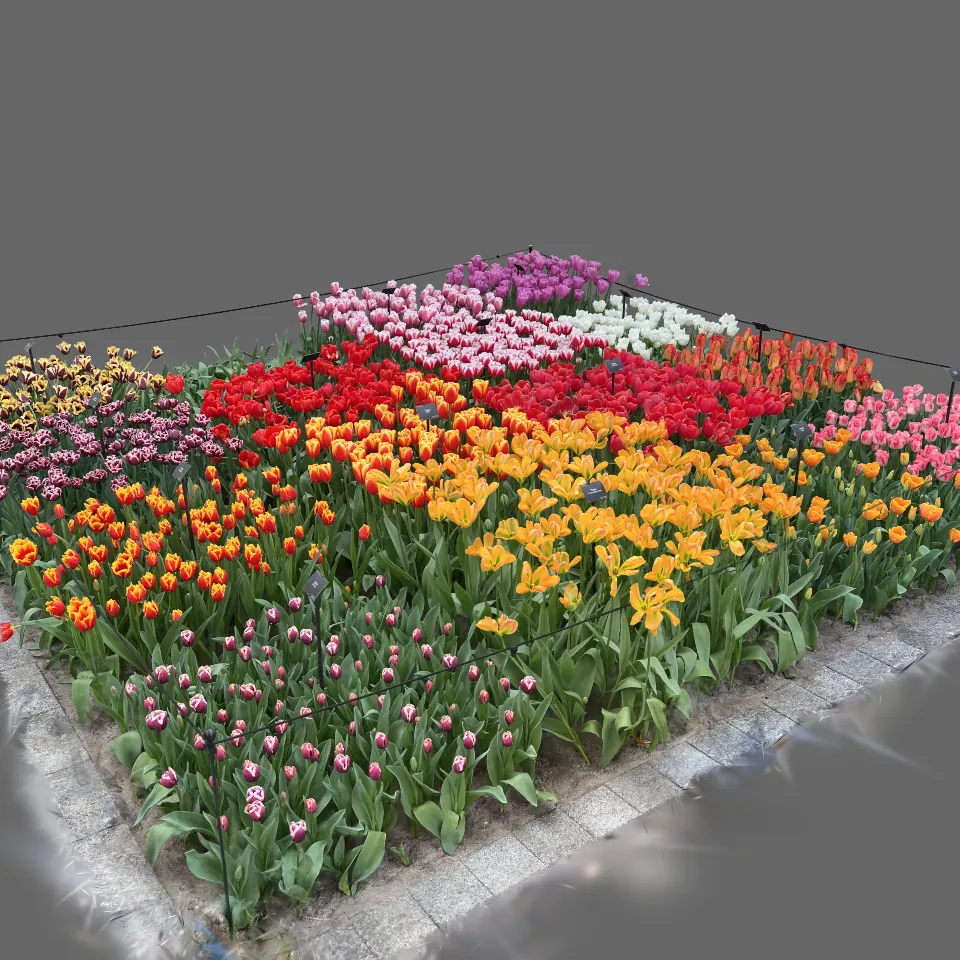
Suggested

 Bed of Tulipsvice89174
Bed of Tulipsvice89174
 Summer Saunaollihuttunen314288
Summer Saunaollihuttunen314288



The Four Gates Pagoda, built in 611 CE during the Sui Dynasty, is considered China’s oldest surviving pavilion-style stone pagoda. This square-shaped single-story structure stands 10.4 meters tall with sides measuring 7.4 meters. Each of its four walls features an identical arched doorway facing a cardinal direction. The pagoda’s interior contains a square central pillar with four Buddha statues dating to 544 CE (Eastern Wei Dynasty), suggesting the pagoda was built specifically to house these older sculptures. Distinguished by its 23-tiered pyramid-shaped roof supported by five stone eaves and topped with a stone steeple, this pagoda represents a significant transition in Chinese architectural history when stone and brick began replacing wood in pagoda construction. 四门塔建于隋代大业七年(611年),被认为是中国现存最古老的亭阁式石塔。这座单层方形石塔高10.4米,每边长7.4米,四面开有完全相同的拱形门洞,分别朝向四个方向。塔内有一个方形塔心柱,上置四尊佛像,这些佛像可追溯至东魏武定二年(544年),表明该塔可能是为安置这些更早期的佛像而建。塔顶呈金字塔形,由23层石板叠筑而成,下有五层石檐支撑,顶部有石质塔刹。四门塔代表了中国古建筑从木质向石砖结构转变的重要历史阶段。 3D scene captured by XGrids L2
No comments yet. Be the first to comment!







